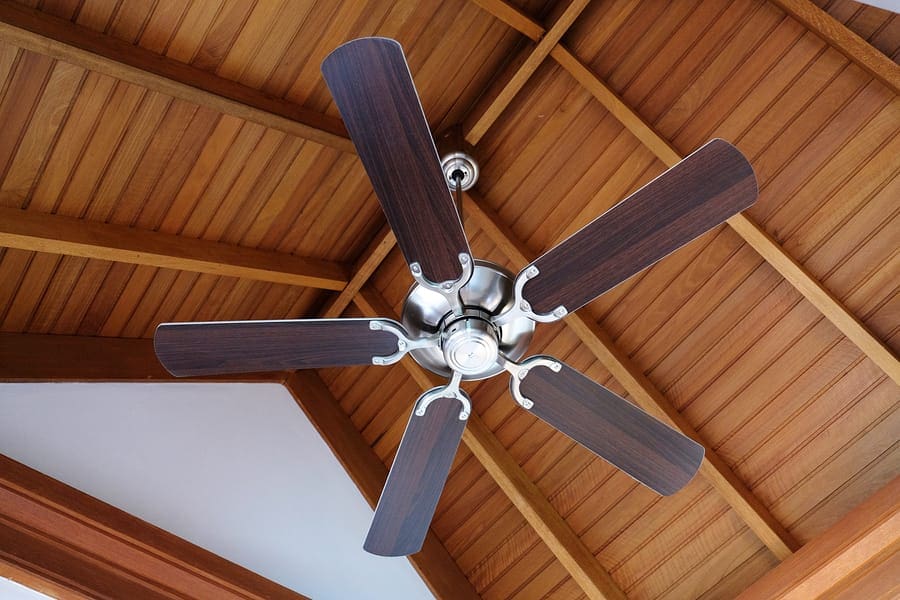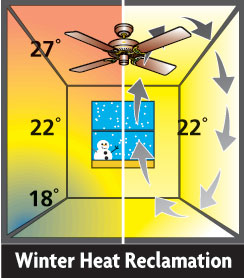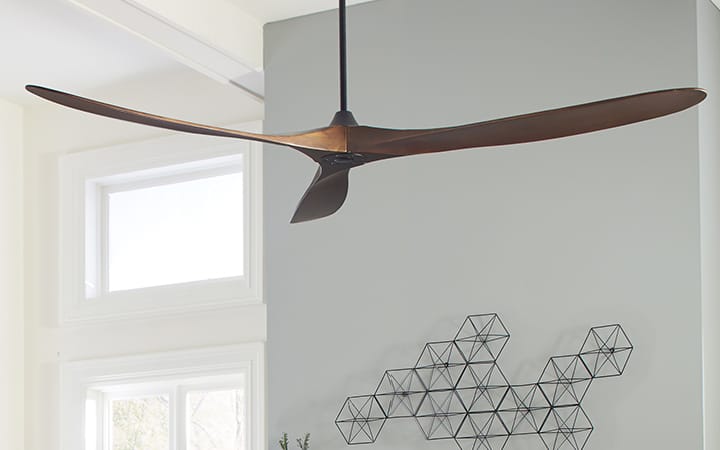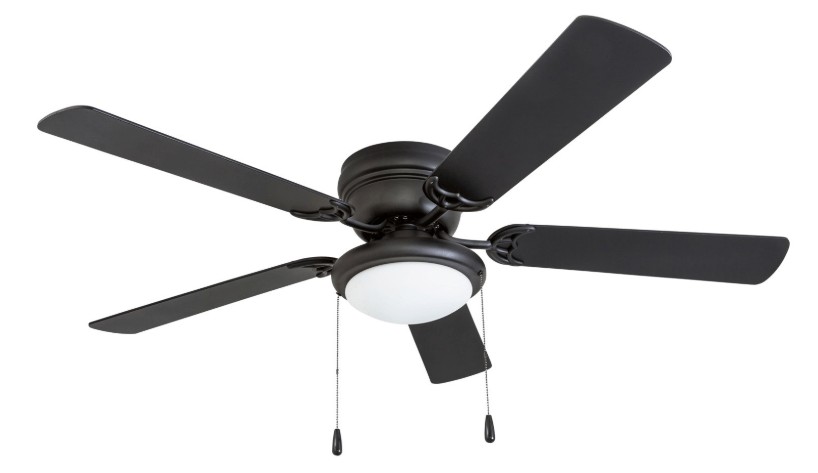Ceiling Fan Wind Speed Factor

Blade span cfm wind speed mph wind speed lfm calculate.
Ceiling fan wind speed factor. Read about wind speed here. Five factors work together to determine the airflow and efficiency of a ceiling fan. Ceiling fan airflow and efficiency are often overlooked but the amount of air your fan moves each minute impacts the level of performance. For outdoor fans the wind speed is critically important and fans with a wind speed of at least 3 5 to 4 mph are recommended.
Based on this new trend we recommend this. In simple terms the faster the air moves the cooler you will feel. With ceiling fans wind speed in mph is like water pressure and cfm airflow is like water volume or flow rate. Wind speed is calculated by measuring how quickly on average air can get from the ceiling fan blades down to the floor and is commonly reported in miles per hour mph.
Wind speed from a ceiling fan is sort of the same as the breeze between the two buildings that created the wind tunnel effect. Choose the largest fan with the highest wind speed that will fit into the space without overwhelming it visually. So when shopping for ceiling fans the size of the fan area it will cover and actual wind speed mph is what you need to know. For small rooms we choose one small size yet high speed ceiling fan for you.
Ceiling fan size recommendation calculator this calculator is based on the current trend to use larger fans in smaller rooms. About our exclusive wind speed. That said it is standard practice to use a 42 inch fan in rooms with up to 144 sq feet of space a 44 inch fan in rooms with up to 224 sq feet space and a 52 inch fan in rooms with up to 400 sq feet space. Ceiling fans have been around since the late 1800s and the technology behind them is relatively simple.
An instrument called an anemometer is used to calculate the wind speed by placing it in the direct flow of the wind allowing the propeller or cups to spin through the wind. 1 1 5 mph 2 1 5 to 2 49 mph 3 2 5 to 2 99 mph 4 3 to 3 75 mph 5 3 75 to 3 99 mph 5 5 4 or more. Turn old unused ceiling fans into a useful energy producer. While fans don t lower the temperature or get rid of humidity they do help circulate air throughout your home and make you feel cooler thanks to the wind chill effect.
To feel the more powerful wind speed you will need to be directly underneath the ceiling fan or at least very nearby and not far from the tips of the fan blades. Plus many ceiling fans are a stylish addition to your home. Blade pitch blade shape and size rpm height from ceiling and motor size. Enter the cfm and blade span.
Wind speed factor info the higher the wind speed factor the cooler you will feel.















































